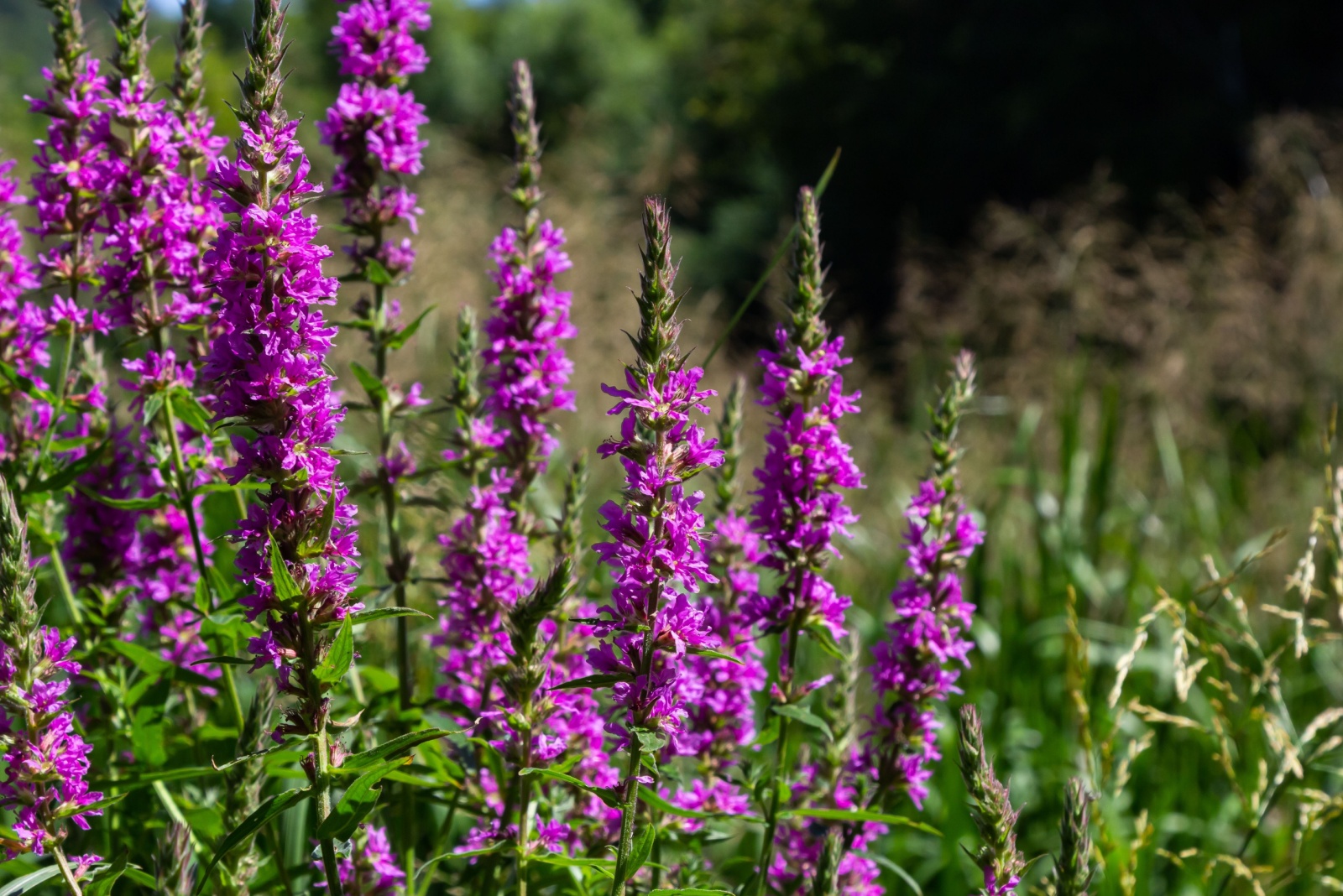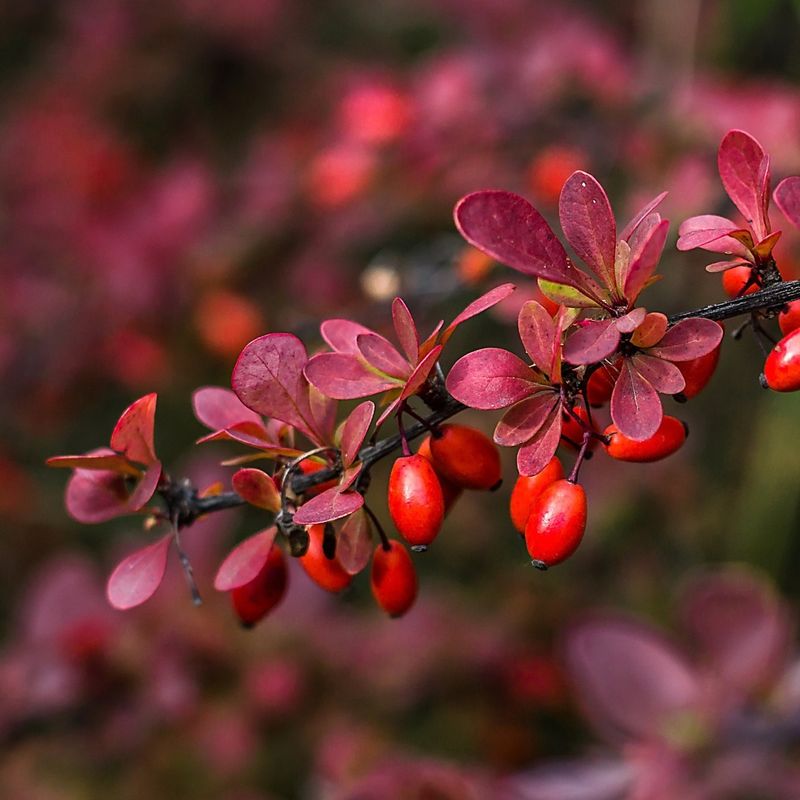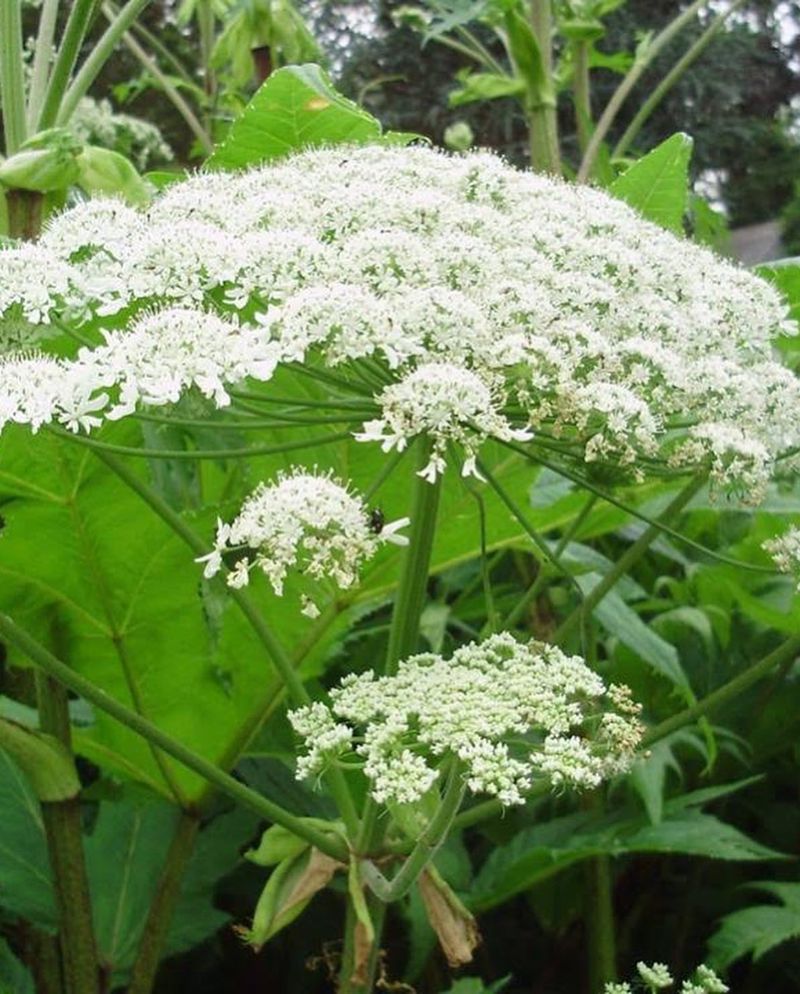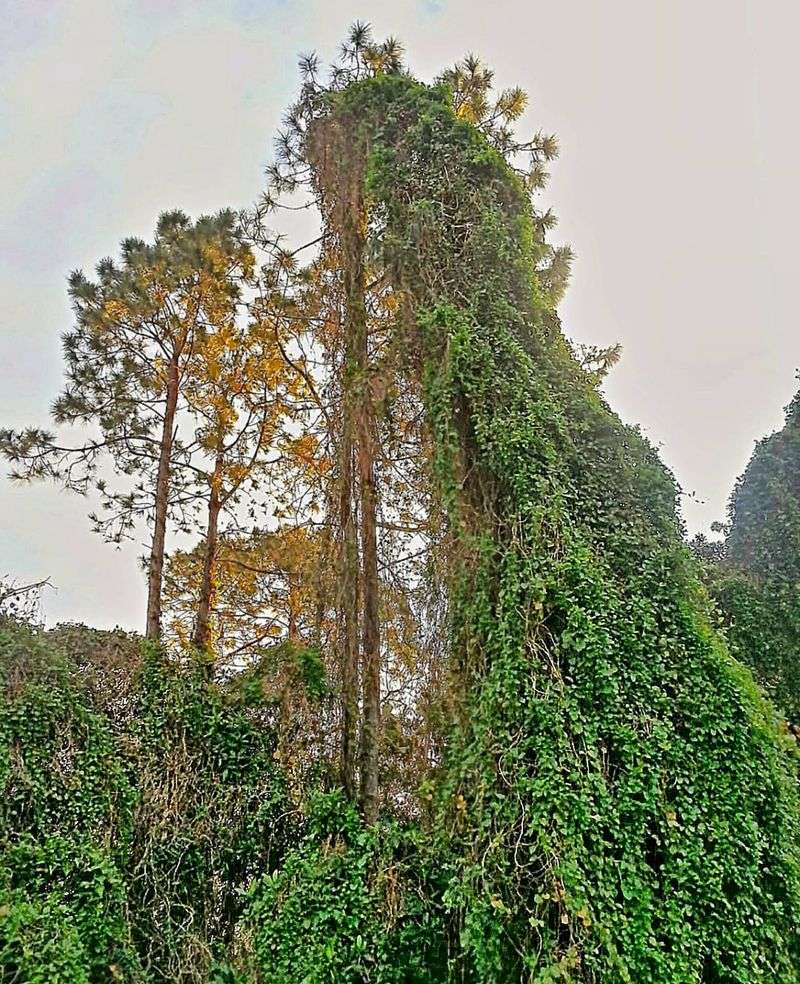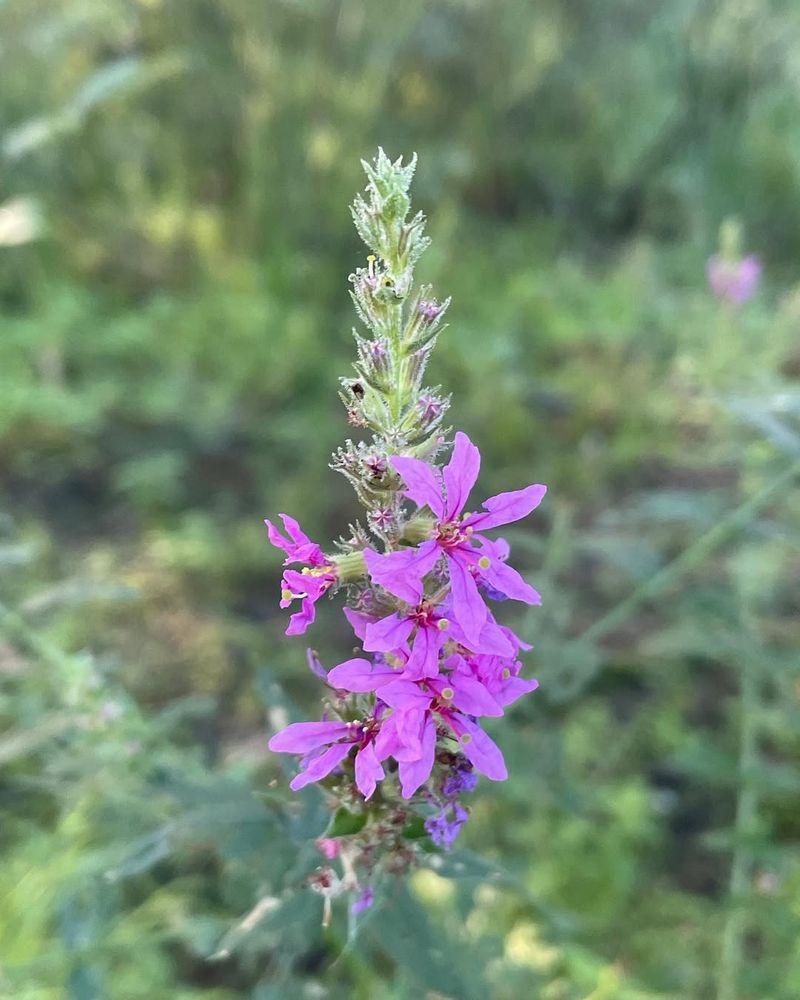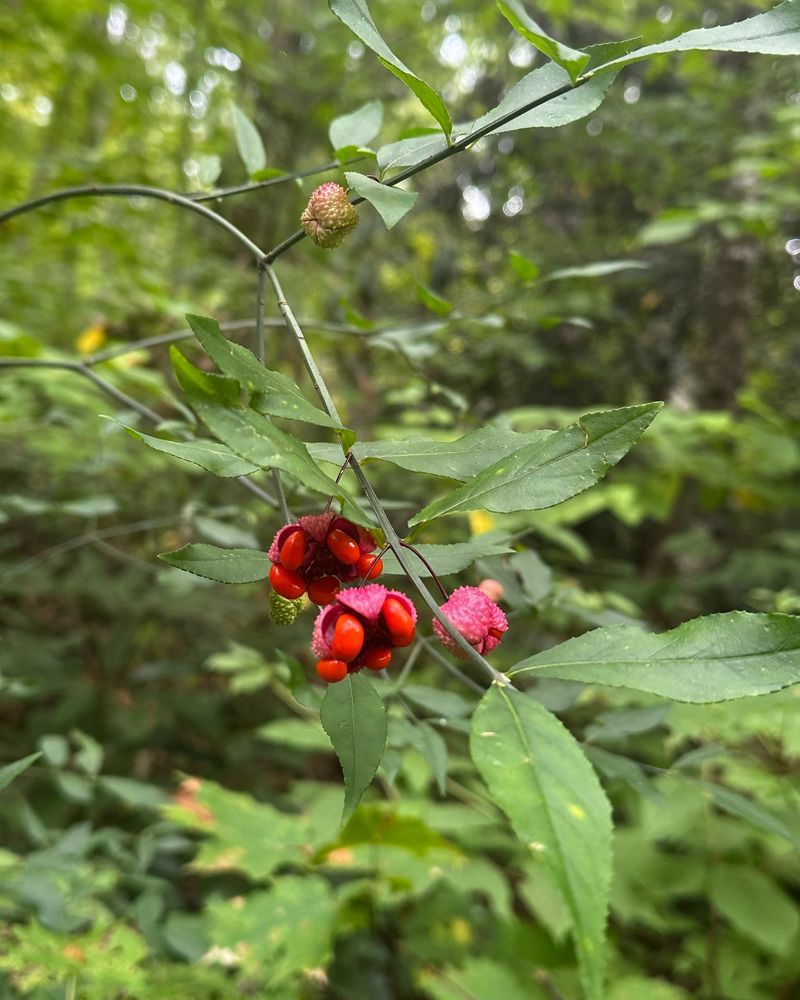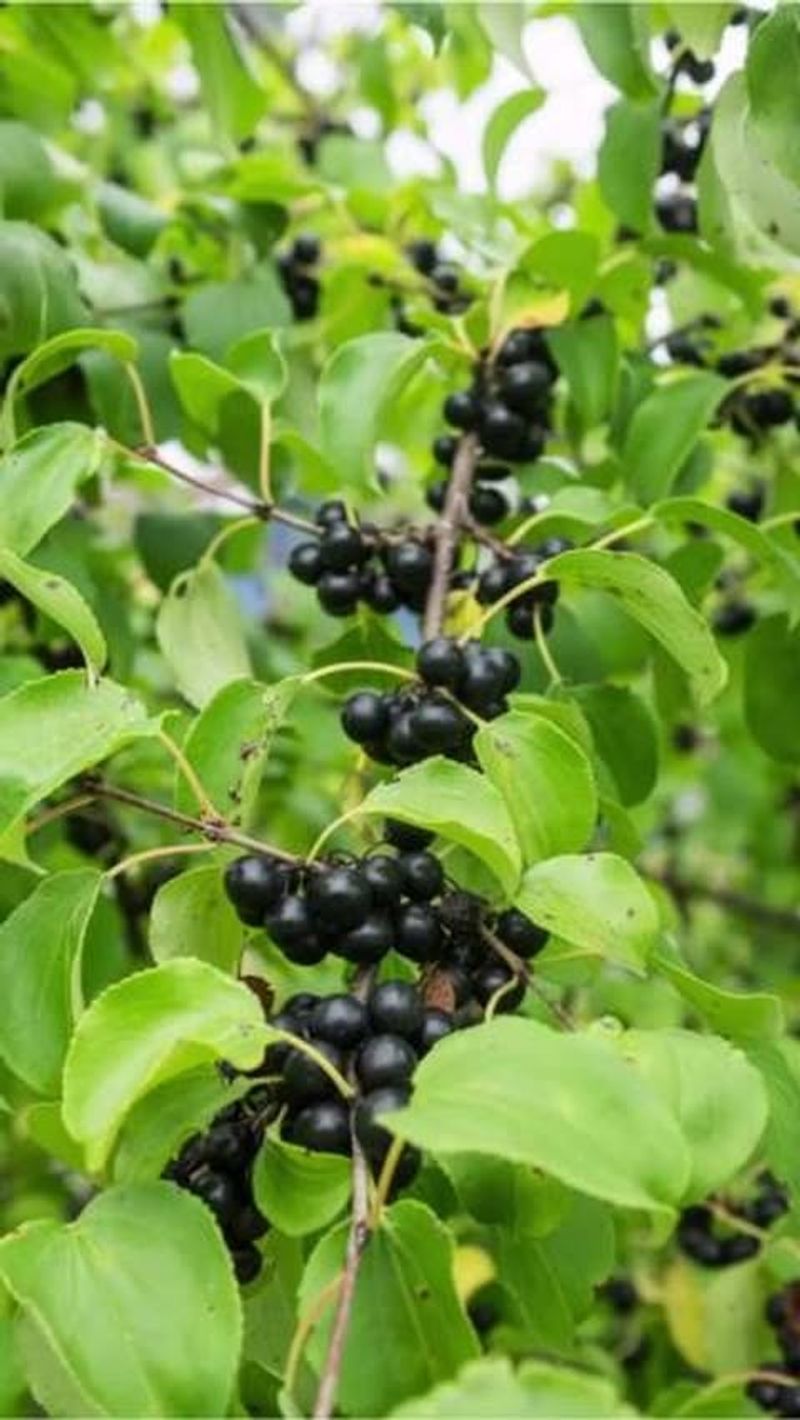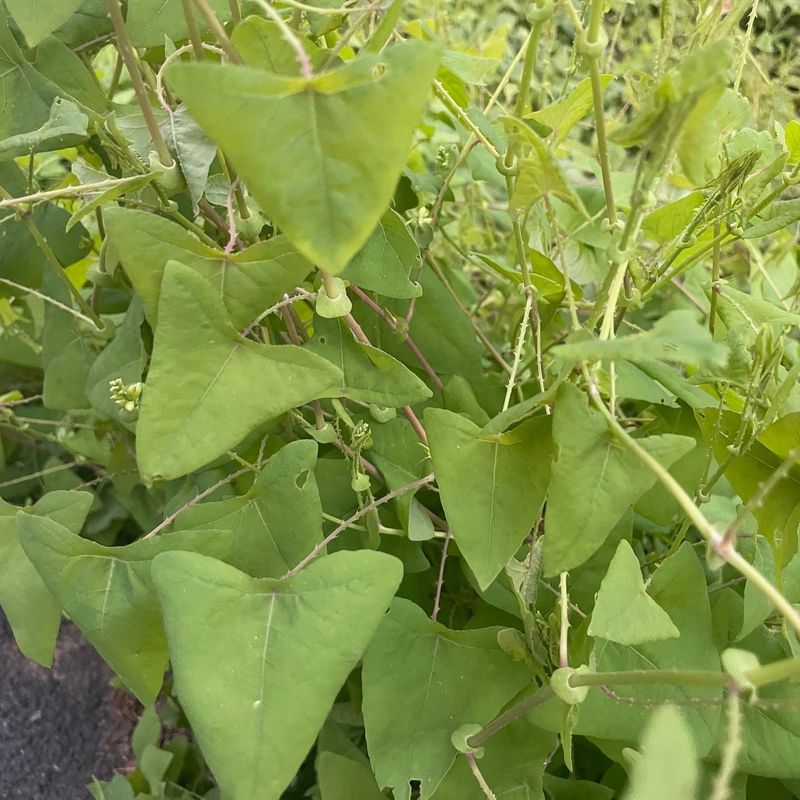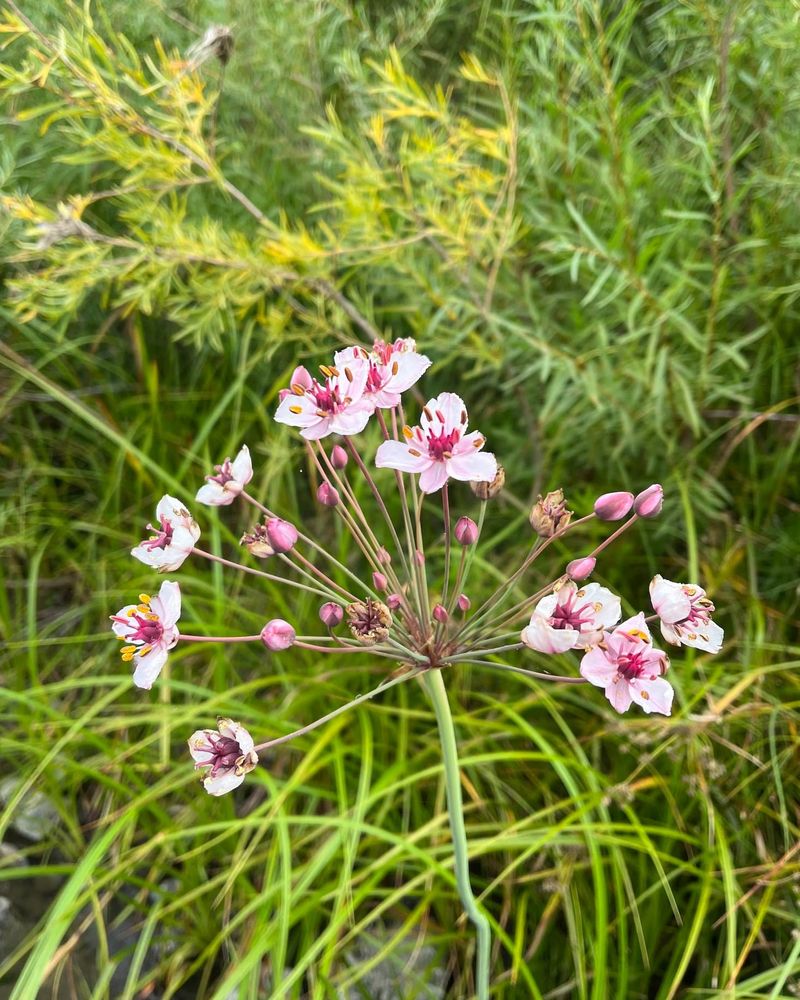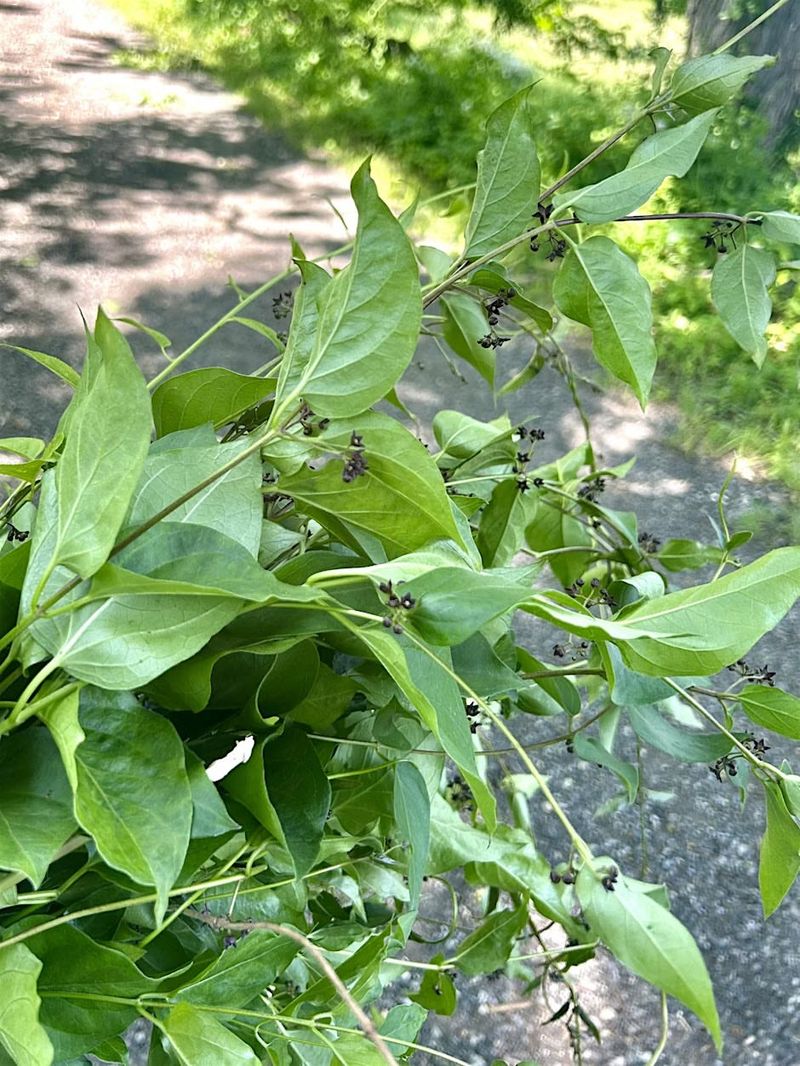Moving plants across state borders might seem harmless, but New York has strict regulations about what can cross its borders. These rules protect local ecosystems, agriculture, and forests from invasive species and diseases that could cause serious damage.
Understanding which plants are restricted or outright illegal to transport helps you stay compliant with the law while protecting the environment you love.
1. Japanese Barberry
This thorny shrub might look pretty in landscaping, but it’s a nightmare for New York’s native habitats. Japanese Barberry creates dense thickets that crowd out native plants and increase tick populations, which spread Lyme disease.
Transporting this plant across New York state lines is restricted because it spreads rapidly and alters soil chemistry. If you’re moving and have this in your yard, leave it behind or dispose of it properly through local programs.
Many nurseries now offer native alternatives that won’t harm the environment.
2. Giant Hogweed
Standing up to 15 feet tall, this plant looks impressive but poses serious health risks. Its sap contains toxins that cause severe skin burns and blistering when exposed to sunlight, leading to painful injuries that can last for months.
New York strictly prohibits moving Giant Hogweed across state lines due to its dangerous nature and aggressive spreading habits. Authorities take reports of this plant seriously and coordinate removal efforts.
If you spot it, never touch it and contact your local Department of Environmental Conservation immediately.
3. Kudzu Vine
Known as “the vine that ate the South,” Kudzu grows up to a foot per day during summer months. This aggressive climber smothers everything in its path, including trees, buildings, and power lines, causing millions in damage annually.
New York regulations prohibit transporting Kudzu to prevent it from establishing populations in the state. The vine thrives in warm climates but can survive New York winters in protected areas.
Even small pieces can root and spread, making containment nearly impossible once established in an area.
4. Purple Loosestrife
With its stunning purple flower spikes, this wetland invader deceives many gardeners into thinking it’s beneficial. However, Purple Loosestrife aggressively outcompetes native wetland plants that wildlife depends on for food and habitat.
New York restricts transporting this plant because a single mature specimen produces millions of seeds annually. These seeds spread through water, mud on boots, and even bird droppings.
Wetlands across the state have spent decades fighting established populations, making prevention through transport restrictions absolutely essential for protection.
5. Multiflora Rose
Originally promoted for erosion control and livestock fencing, this rose species became an ecological disaster. Multiflora Rose forms impenetrable thorny barriers that take over pastures, forest edges, and roadsides throughout the region.
Transporting it across New York state lines violates regulations designed to prevent further spread. Birds eat the small fruits and deposit seeds everywhere, creating new infestations miles away from parent plants.
Removal requires persistent effort over several years, as roots resprout vigorously after cutting.
6. Common Buckthorn
This European import seemed like a good landscaping choice decades ago, but it’s now recognized as a serious threat. Common Buckthorn produces chemicals that inhibit native plant growth and alters soil nutrients, fundamentally changing forest composition.
New York prohibits moving this plant across borders because it spreads aggressively and degrades wildlife habitat. Birds consume the laxative berries and spread seeds rapidly while the plant leafs out earlier and keeps leaves longer than natives.
This gives it an unfair competitive advantage in forests.
7. Mile-a-Minute Vine
Named for its incredibly fast growth rate, this vine lives up to its reputation by covering everything within reach. Sharp, recurved barbs along stems help it climb over native vegetation, blocking light and eventually killing plants underneath.
Moving Mile-a-Minute across New York borders is illegal because early detection and rapid response are critical for control. The vine produces seeds that remain viable in soil for several years, complicating eradication efforts significantly.
Forest edges and disturbed areas provide perfect conditions for this aggressive climber to establish.
8. Flowering Rush
Despite its attractive pink flowers, Flowering Rush threatens aquatic ecosystems throughout the northeastern United States. This perennial forms dense colonies in shallow waters, displacing native aquatic plants that fish and waterfowl need for survival.
New York regulations prohibit transporting this plant to prevent new infestations in clean waterways. It spreads through root fragments and bulbils that easily attach to boats, trailers, and wading equipment.
Once established, control becomes extremely expensive and labor-intensive for lake associations and municipalities managing waterways.
9. Black Swallow-Wort
This twining vine poses a unique threat to monarch butterflies, which mistake it for native milkweed and lay eggs on its leaves. Unfortunately, monarch caterpillars cannot survive on Black Swallow-Wort foliage, leading to population declines in affected areas.
Transporting this plant across New York state lines is restricted because it spreads rapidly through wind-dispersed seeds. The vine also forms dense ground cover that excludes native wildflowers.
Land managers struggle to control established populations, as roots resprout persistently after cutting or pulling efforts.

